12 GPTs for Language Optimization Powered by AI for Free of 2025
AI GPTs for Language Optimization are advanced artificial intelligence tools built on the Generative Pre-trained Transformer (GPT) architecture. These tools are specifically designed to enhance and refine language-related tasks, offering solutions tailored to improving writing quality, readability, and engagement. By leveraging the power of GPTs, Language Optimization tools can analyze text, suggest improvements, and even generate content that meets specific stylistic or technical requirements. This makes them invaluable for a wide range of applications, from content creation to academic writing and technical documentation.
Top 10 GPTs for Language Optimization are: Academic Paper Specialist,ICAIS论文润色助手,Pass A.I. Detection Tools Test,Semiconductor Scholar for Academic Editing,Content Policy Compiler,Zakelijke Communicatie Expert,Meister der Werbung,Resume Tuner,Inclusive Recruiter,采购合同审核(条例、规则起草审核)
Academic Paper Specialist
Empowering Research with AI-driven Linguistic Expertise
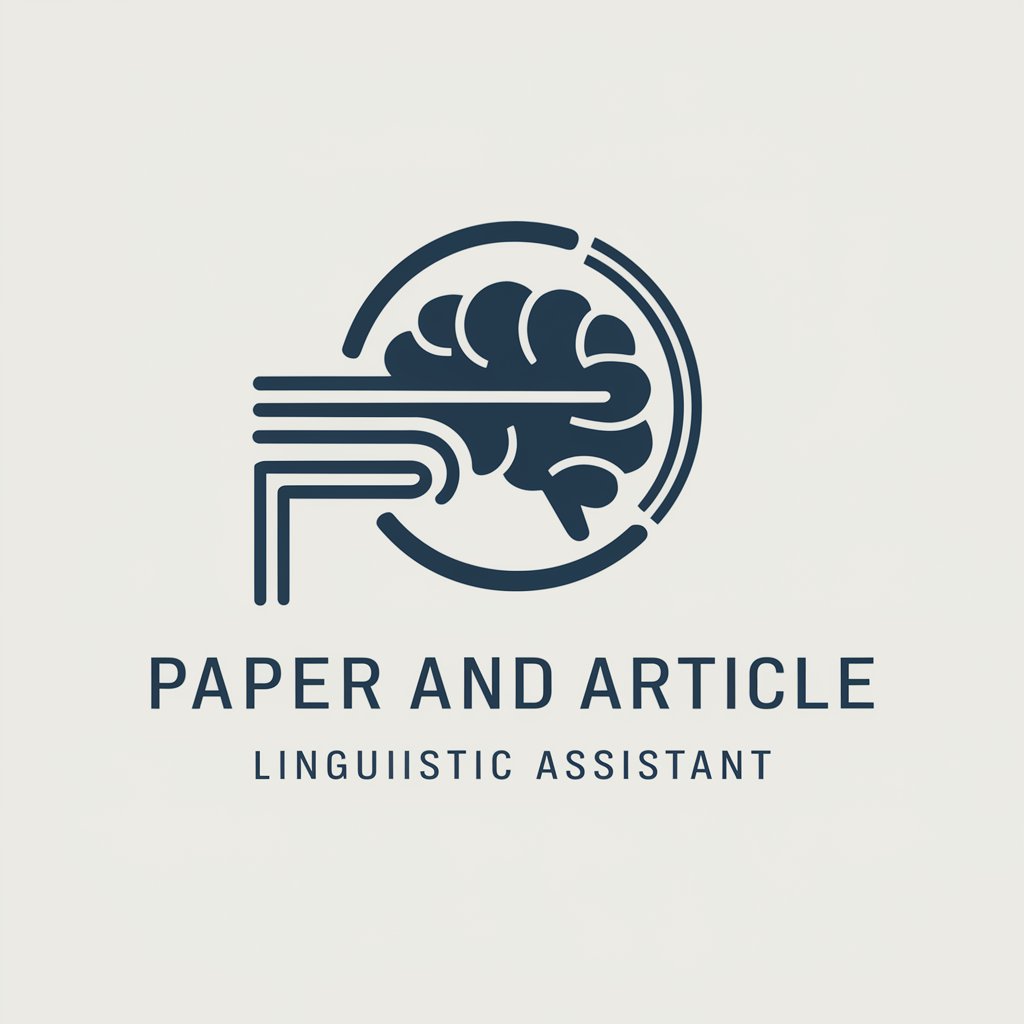
ICAIS论文润色助手
Elevate Your Research with AI
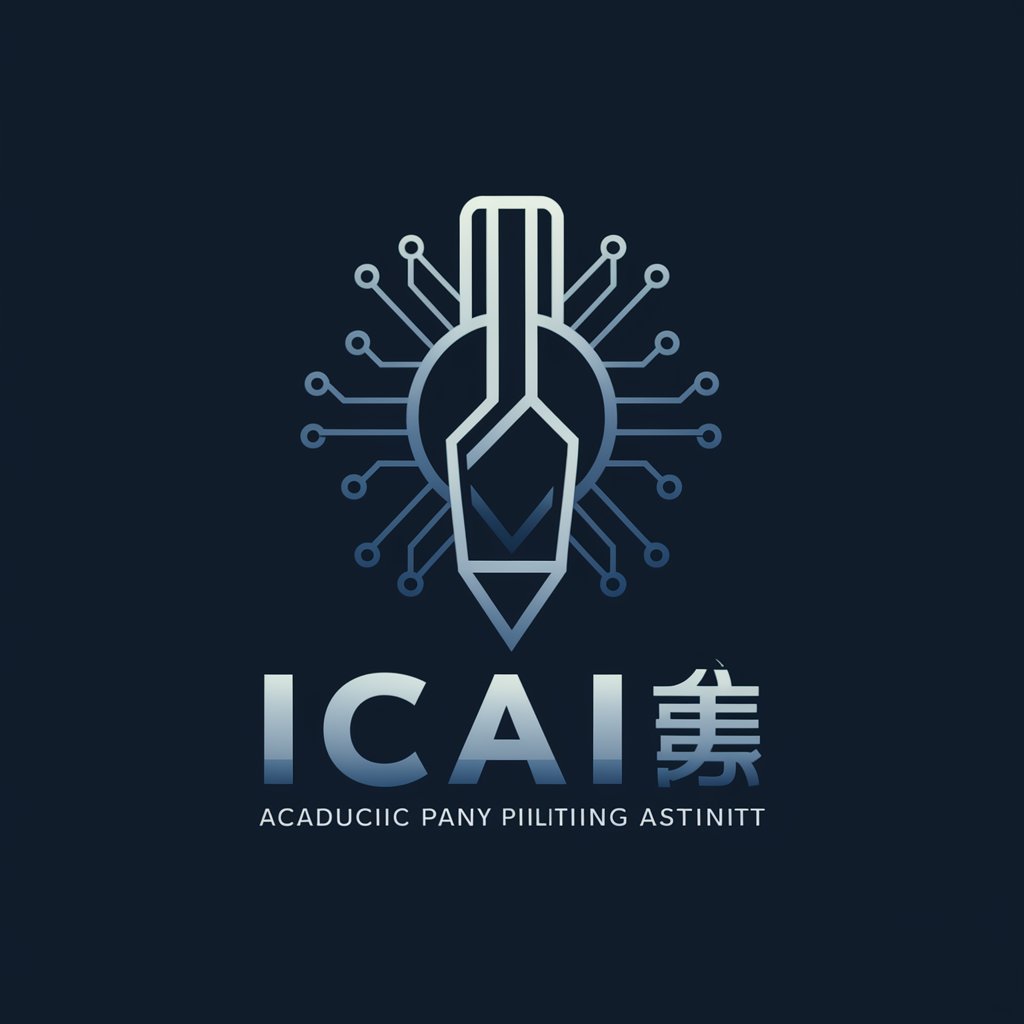
Pass A.I. Detection Tools Test
Elevate Your Writing with AI Insight
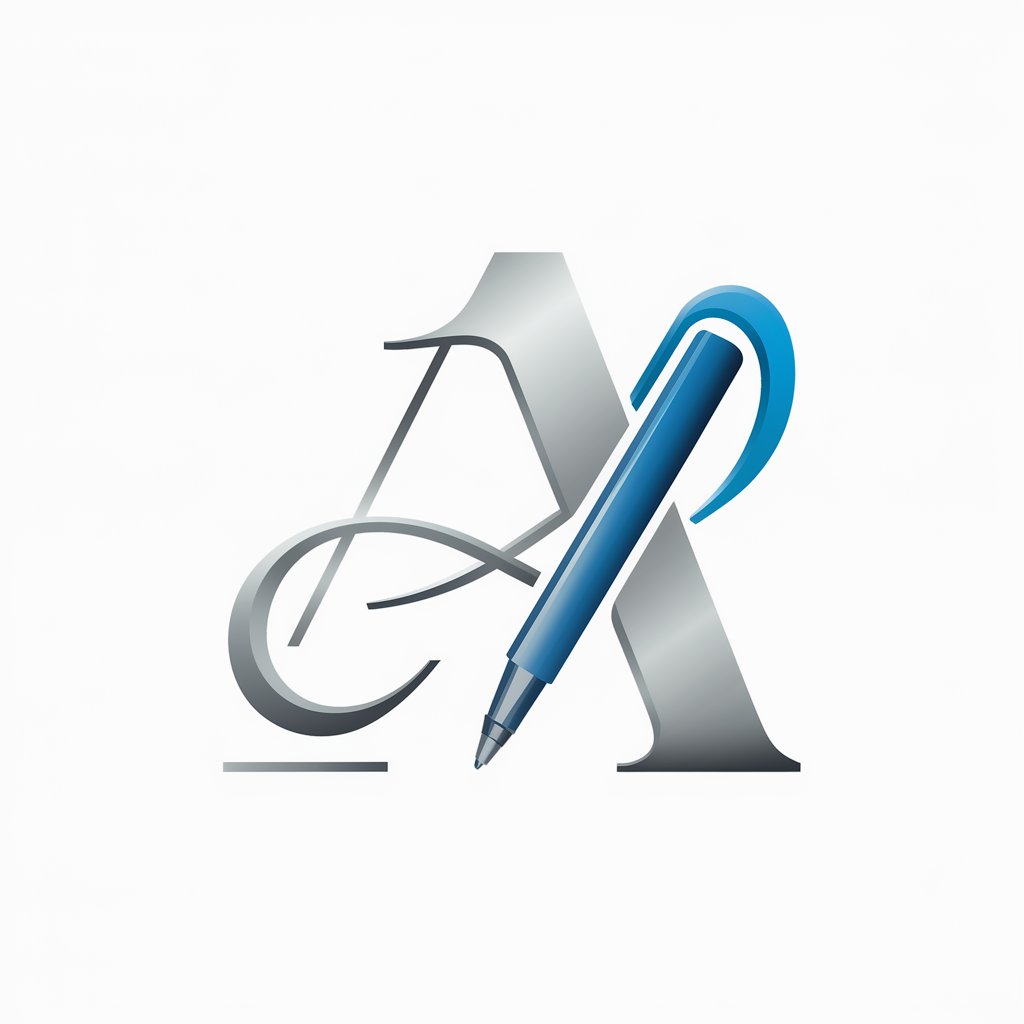
Semiconductor Scholar for Academic Editing
Elevating Semiconductor Research through AI Editing
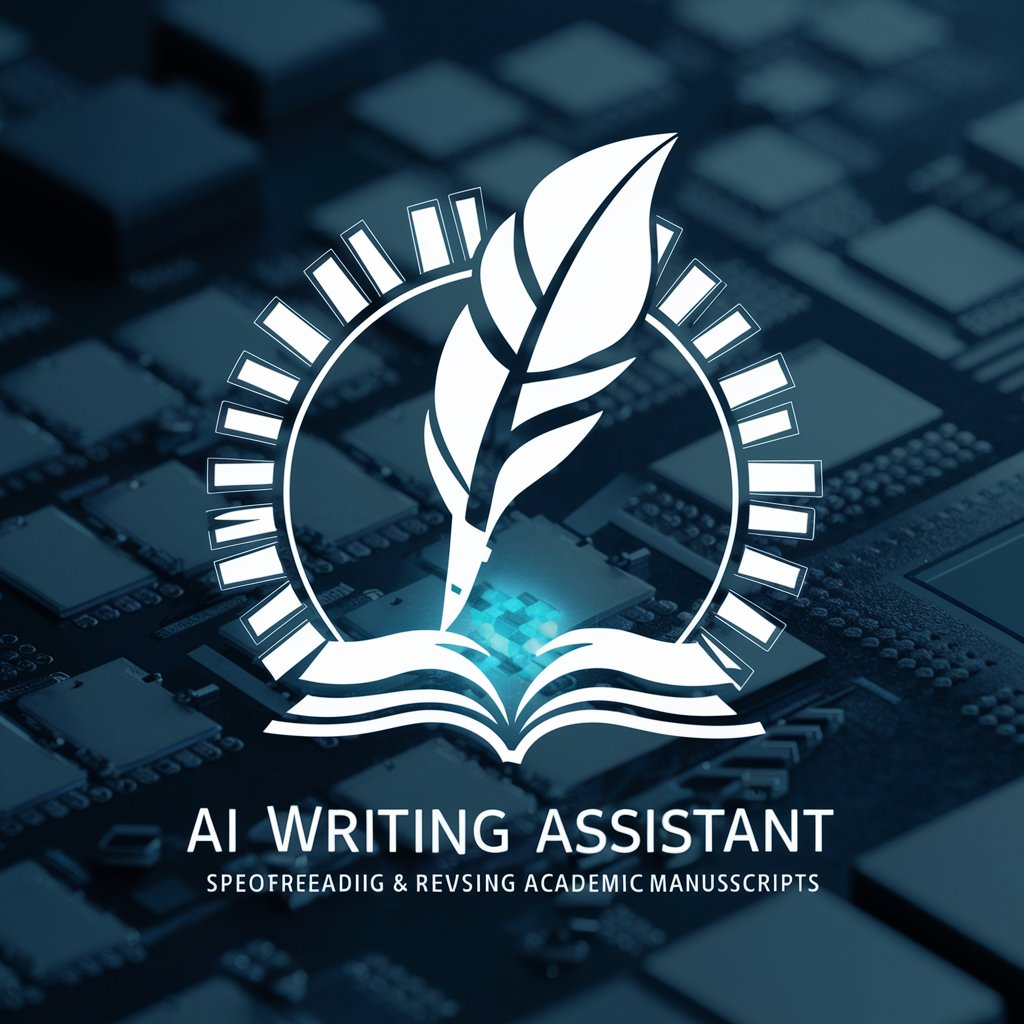
Content Policy Compiler
Optimize Content Policies with AI
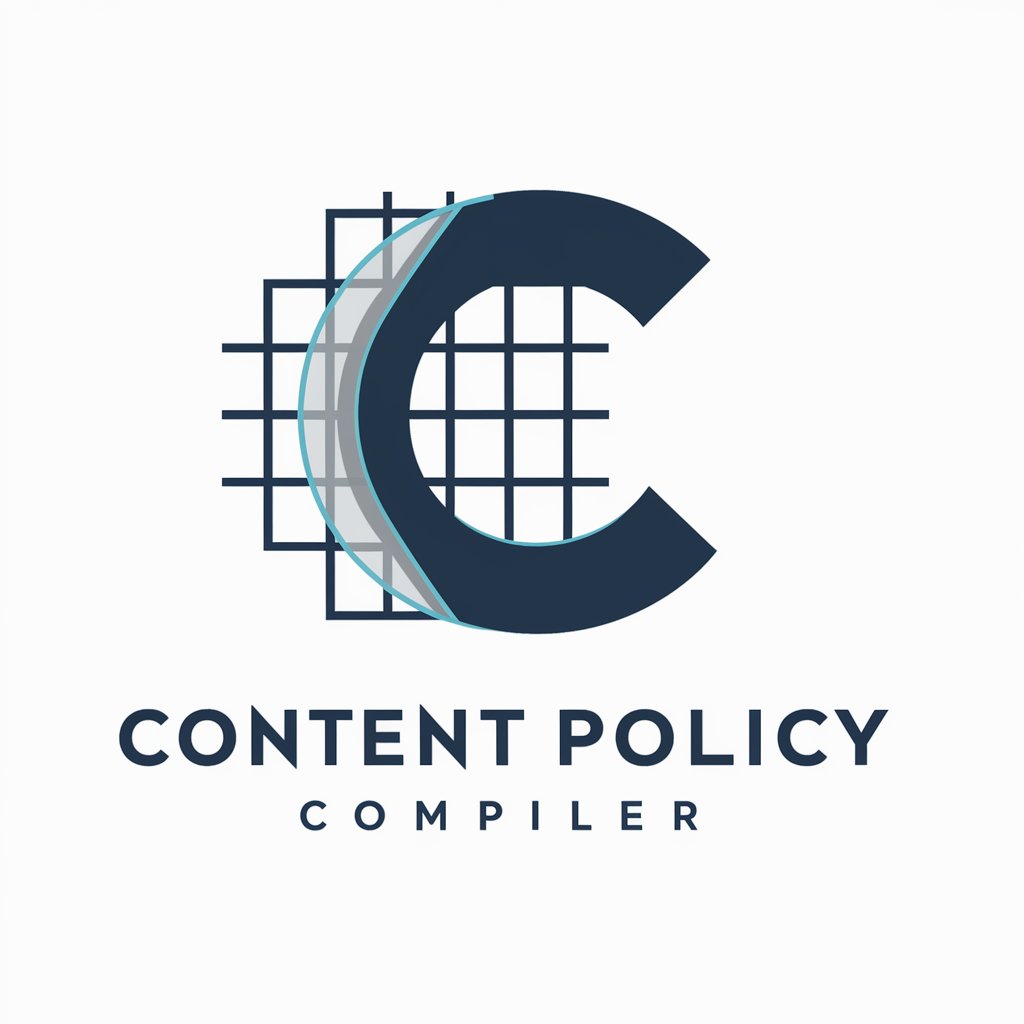
Zakelijke Communicatie Expert
Enhancing Dutch Business Texts with AI

Meister der Werbung
Crafting Impactful German Ads with AI
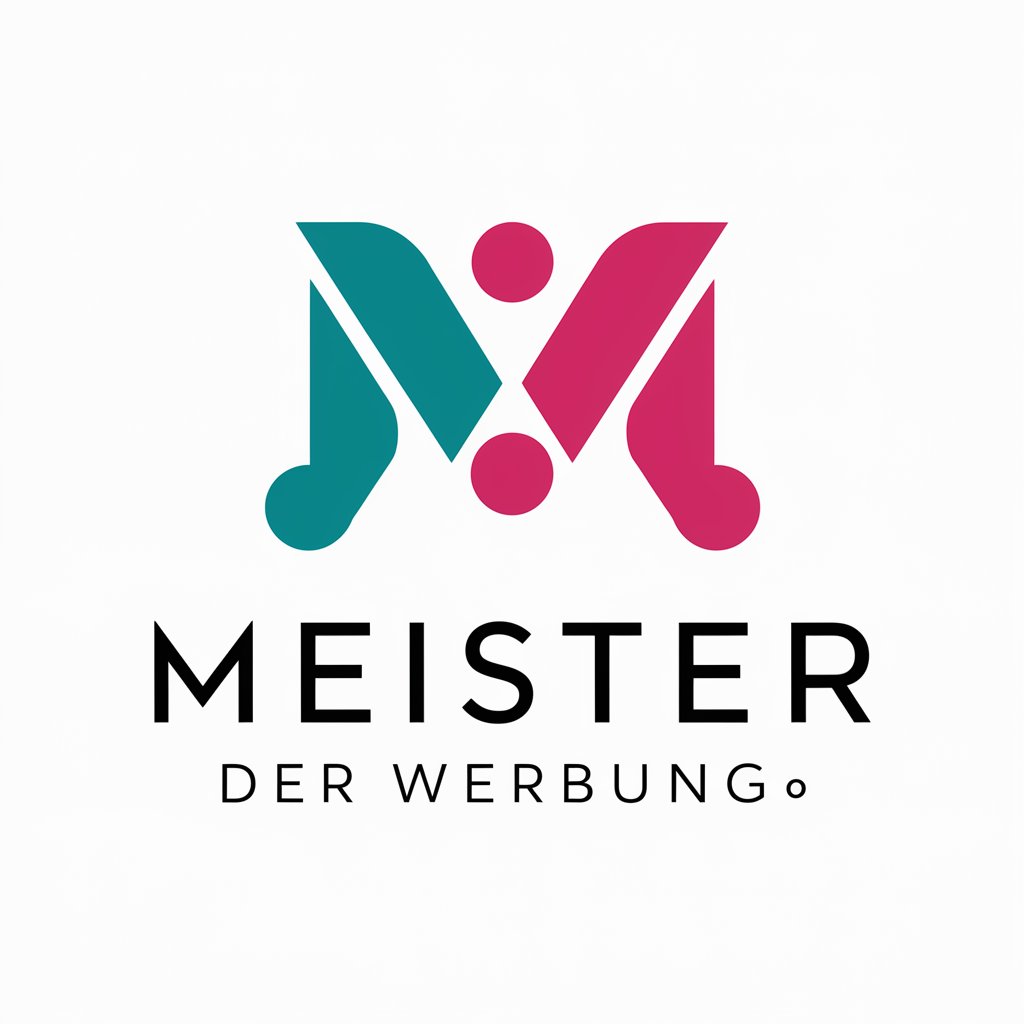
Resume Tuner
Turn your resume into a job magnet with AI

Inclusive Recruiter
Empowering Diversity in Recruitment

采购合同审核(条例、规则起草审核)
AI-powered Legal Drafting and Compliance
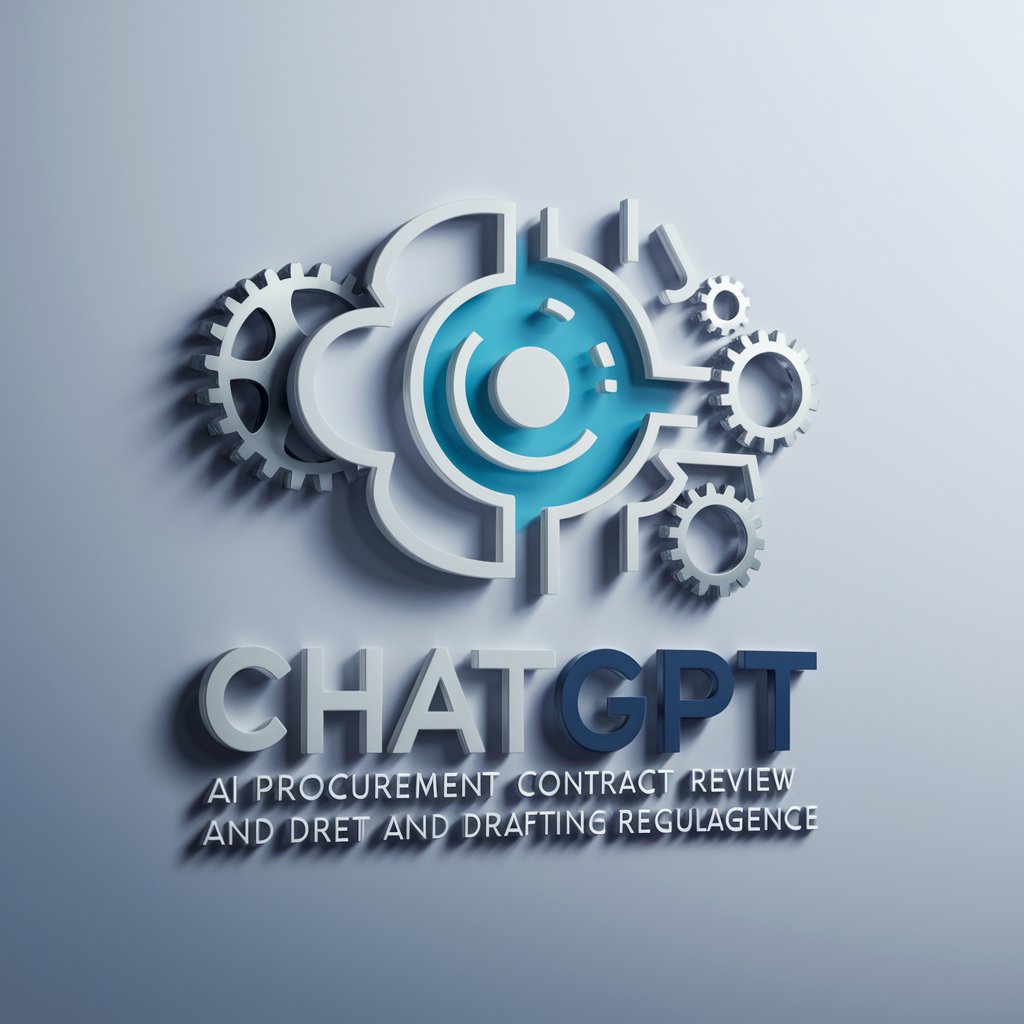
LLM Tuner Guide
Fine-Tuning AI with Precision
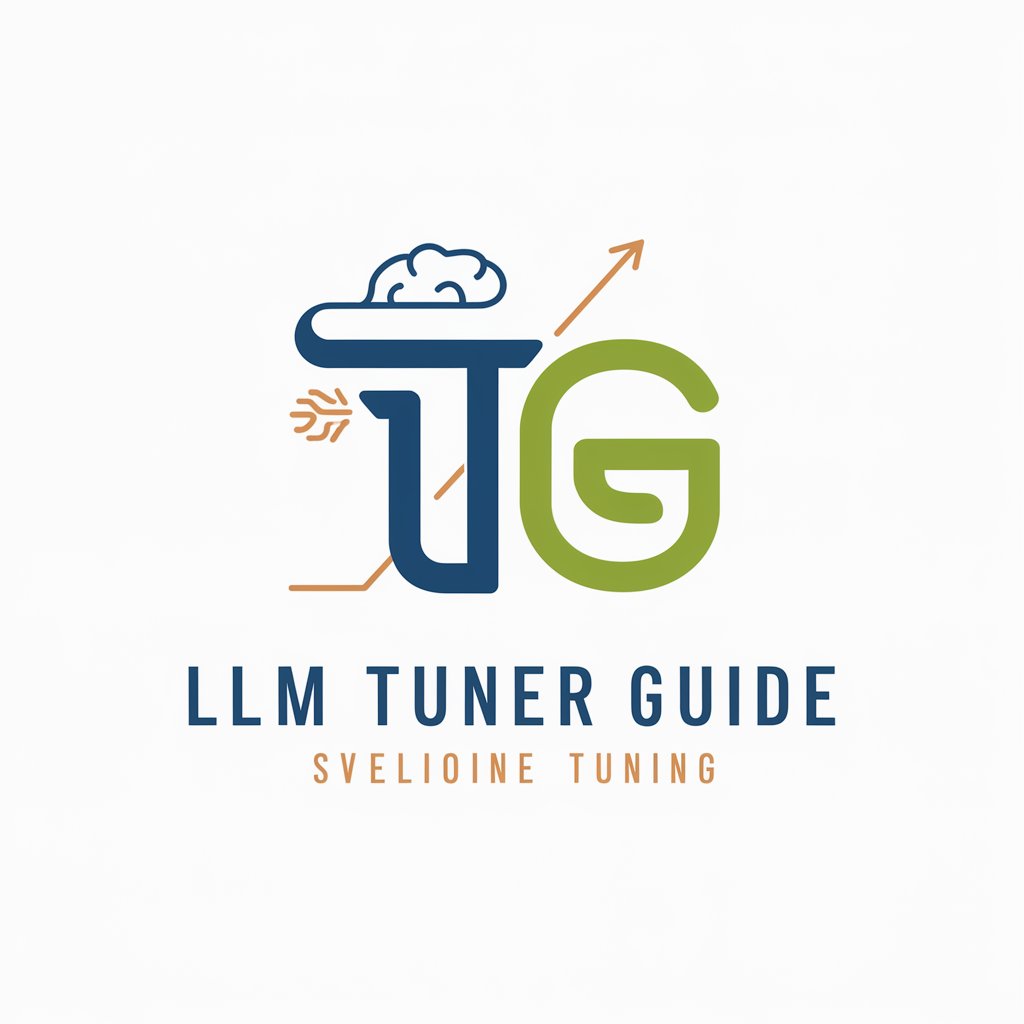
Scientific editor
Elevate Your Research with AI-Powered Precision

Key Attributes of Language Optimization Tools
Language Optimization GPTs offer a suite of unique features tailored to enhance textual content. Core capabilities include grammar correction, style enhancement, vocabulary enrichment, and tone adjustment. These tools can adapt from simple proofreading tasks to complex content generation challenges. Special features may encompass multilingual support, context-aware suggestions, integration with web search for fact-checking or content enrichment, image creation based on textual descriptions, and sophisticated data analysis capabilities for optimizing content strategy.
Who Benefits from Language Optimization GPTs
AI GPTs for Language Optimization cater to a diverse audience, ranging from novices in writing and content creation to developers and professionals in various fields seeking to enhance their textual outputs. These tools are designed to be accessible to users without programming skills, offering intuitive interfaces and straightforward functionality. At the same time, they provide powerful customization options and API access for those with coding expertise, enabling a wide range of specialized applications.
Try Our other AI GPTs tools for Free
Academic Proofreading
Enhance your academic writing with AI-powered proofreading tools designed to perfect grammar, style, and accuracy, tailored for scholars and researchers.
Geopolitical Insight
Explore AI-powered insights into global affairs with our Geopolitical Insight tools. Designed for professionals and enthusiasts alike, they offer deep analyses and predictions on international relations.
Email Correspondence
Discover how AI GPTs for Email Correspondence revolutionize email management with tailored, AI-driven solutions for efficient and personalized communication.
Emotional Healing
Discover how AI GPTs for Emotional Healing are transforming mental health support with personalized, AI-driven conversations and therapeutic guidance.
Cultivation Guidance
Discover how AI GPTs for Cultivation Guidance can transform your farming practices with personalized advice, data analysis, and integrated solutions for a sustainable future.
Pest Management
Discover AI GPTs for Pest Management, your cutting-edge solution for identifying, managing, and preventing pests with precision and ease.
Expanding Horizons with Language Optimization GPTs
Language Optimization GPTs are at the forefront of AI-driven content enhancement, offering solutions that range from improving readability to generating engaging and optimized content across sectors. With user-friendly interfaces and the potential for integration into diverse systems, these tools not only streamline content creation but also open new possibilities for personalized and impactful communication.
Frequently Asked Questions
What exactly is Language Optimization with AI GPTs?
Language Optimization with AI GPTs involves using advanced AI tools to improve the quality, clarity, and impact of written content. These tools analyze, suggest, and generate text based on a set of optimization criteria.
Can these tools be used by someone without technical skills?
Yes, AI GPTs for Language Optimization are designed with user-friendly interfaces that require no technical skills for basic operations, making them accessible to a wide audience.
How do these GPTs adapt to different writing styles or needs?
These tools use machine learning to understand context, style preferences, and specific requirements, allowing them to tailor suggestions and generated content to meet individual needs.
Are Language Optimization GPTs capable of multilingual support?
Yes, many of these tools are designed to support multiple languages, offering grammar, style, and optimization features for non-English content as well.
Can I integrate these tools into my existing content management system?
Yes, most AI GPTs for Language Optimization offer APIs or plugins that allow for seamless integration with existing systems or workflows.
Do these tools offer image creation based on text descriptions?
Yes, some Language Optimization GPTs include image creation capabilities, allowing users to generate visual content directly from text descriptions.
What are the limitations of using AI for Language Optimization?
Limitations include potential inaccuracies in understanding context or nuances, reliance on training data that may not cover all topics or styles, and the need for human oversight to ensure quality and relevance.
How does the customization of these tools work for developers?
Developers can access the underlying API of these GPT tools, allowing them to customize functionalities, integrate with other services, and develop unique applications tailored to specific optimization tasks.